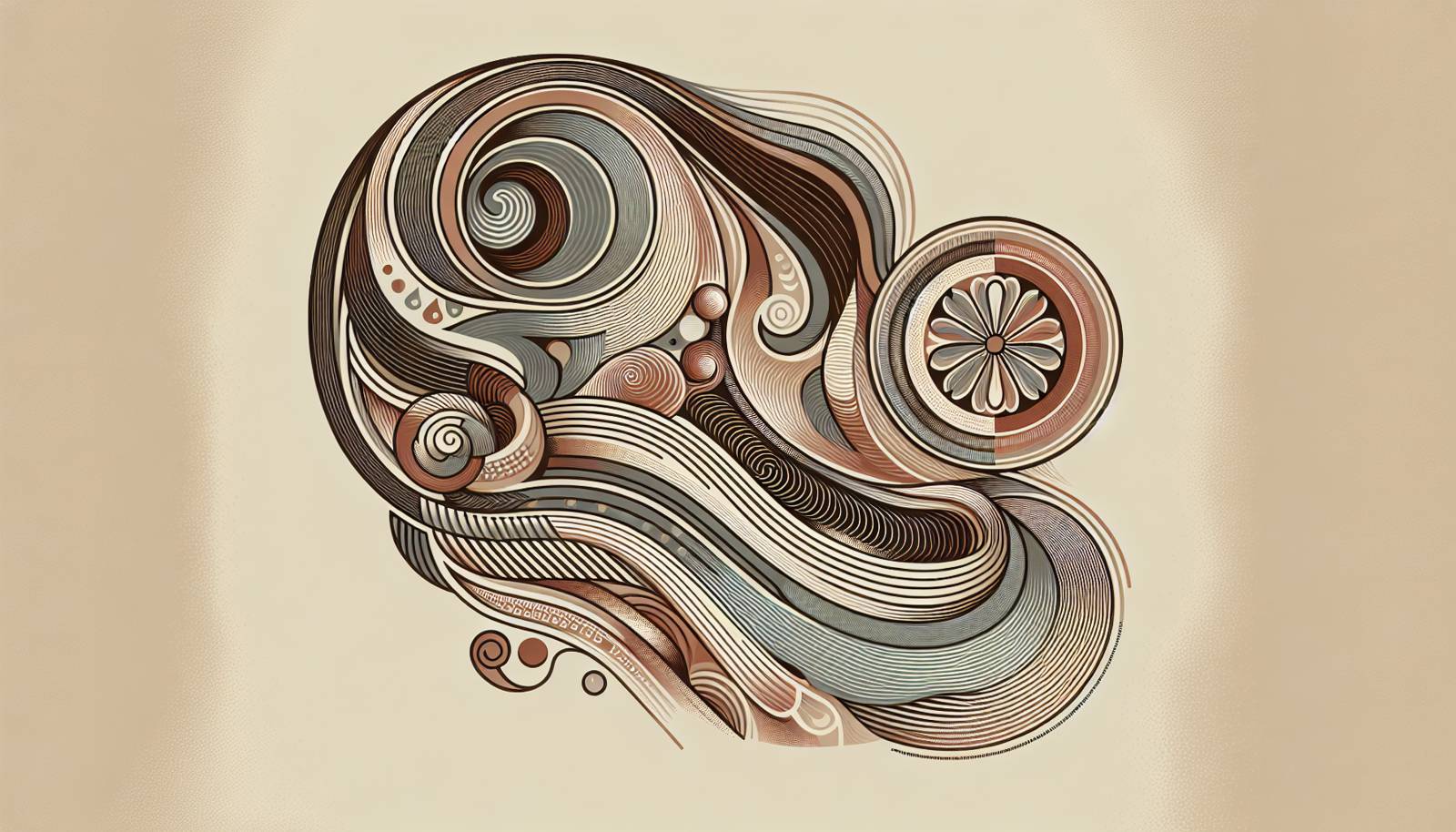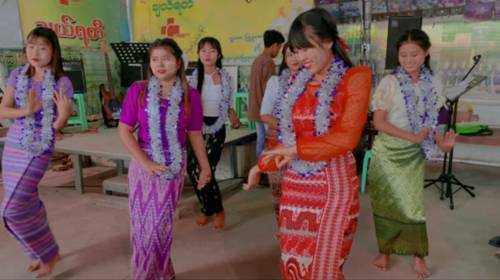
FAQ About The Role of Dance in Intergenerational Cultural Transmission

What is intergenerational cultural transmission?
Intergenerational cultural transmission refers to the process by which cultural knowledge, practices, values, and beliefs are passed down from one generation to another. This transmission occurs through various means such as storytelling, rituals, language, and in this context, dance. It is a vital process that helps maintain cultural identities and ensures the continuity of cultural traditions over time.

How does dance serve as a medium for cultural transmission?
Dance serves as a medium for cultural transmission by embodying and expressing cultural traditions and values. Through dance, individuals can share stories, customs, and experiences that are significant to their community. Dance performances often reflect historical events, religious beliefs, and social values, making them an effective way to convey culture from one generation to the next.

Can you provide examples of dance forms used for cultural transmission?
Many dance forms are used for cultural transmission. For instance, the African dance form Gumboot carries the history and resistance of miners. Native American dances transmit spiritual beliefs and storytelling. Similarly, Flamenco carries the cultural history and identity of the Spanish people. Each dance form uniquely encapsulates the essence of a culture, passing these nuances to future generations.

Why is dance important for maintaining cultural identity?
Dance is important for maintaining cultural identity because it offers a dynamic platform for expressing and preserving cultural uniqueness. Through dance, communities can celebrate their heritage, reinforce communal ties, and foster a sense of pride and belonging. By engaging in traditional dances, individuals actively participate in the preservation of their cultural narratives.

How do modern influences impact traditional cultural dances?
Modern influences can impact traditional cultural dances in both positive and negative ways. On the positive side, contemporary elements can revitalize traditional forms, making them more accessible to younger audiences. However, there is also the risk of diluting or misrepresenting traditional meanings and values. Balancing innovation with respect for tradition is crucial in maintaining authenticity while embracing modernity.

What role do elders play in teaching cultural dances?
Elders play a crucial role in teaching cultural dances as they are often the custodians of cultural knowledge and traditions. They provide guidance and instruction, ensuring that the dances are performed correctly and that their historical significance and values are conveyed. Elders act as bridges between the past and present, facilitating the cultural transmission to younger generations.

How can dance be used to bridge generational gaps?
Dance can bridge generational gaps by creating spaces where different age groups can interact and learn from each other. Participating in dance activities encourages mutual respect and understanding, allowing elders to share wisdom and youth to bring new energy and perspectives. Such interactions can strengthen family and community bonds and foster continuous cultural dialogue.

Is dance effective in passing down language elements of a culture?
Yes, dance can be effective in passing down language elements of a culture. Many traditional dances are accompanied by songs, chants, or spoken word that incorporate native languages and dialects. Through repeated practice and performance, participants not only learn the dance but also the associated language, helping preserve linguistic aspects of their cultural heritage.

What challenges exist in using dance for cultural transmission?
Challenges in using dance for cultural transmission include the erosion of cultural practices due to globalization, declining interest among younger generations, and the loss of traditional contexts for dance performances. Additionally, urbanization and technology can shift focus away from community practices, making it harder to engage younger audiences in traditional dance forms.

Can dance be an educational tool for non-native or external audiences?
Yes, dance can be an effective educational tool for non-native or external audiences. It allows them to engage with and understand a culture's values, history, and traditions through an experiential form. Educational programs often use dance performances and workshops to promote cross-cultural understanding and appreciation, making cultural traditions accessible to a wider audience.

How does dance reflect societal values and beliefs?
Dance reflects societal values and beliefs by embodying the customs, traditions, and social norms of a community. The themes, movements, and stories in traditional dances often highlight important cultural narratives, such as rites of passage, religious ceremonies, and historical events. By participating in these dances, communities express and reinforce their collective identity and values.

What are the benefits of engaging youth in traditional dance practices?
Engaging youth in traditional dance practices offers several benefits. It helps them connect with their cultural roots, fostering a sense of identity and belonging. It also provides an opportunity for physical activity, creative expression, and social interaction. Furthermore, participating in traditional dances equips youth with a deeper understanding of their heritage and encourages them to take an active role in its preservation.

Can dance hinder cultural transmission in any way?
While dance is generally a positive force in cultural transmission, it can hinder the process if cultural contexts are not preserved or respected. For example, commercializing traditional dance forms can lead to misinterpretation or simplification of cultural significance, potentially diminishing their educational and cultural value. Ensuring authenticity and respect for the original cultural context is critical for effective cultural transmission through dance.

How do cultural festivals utilize dance for cultural transmission?
Cultural festivals often use dance as a central component to showcase and transmit cultural heritage. These events bring together performers from various generations to present traditional dances, often alongside storytelling and music. Festivals provide an opportunity for audiences to experience dances in their cultural context, facilitating learning and appreciation of the cultural traditions on display.

What role does dance play in cultural revival movements?
In cultural revival movements, dance plays an essential role by rekindling interest in traditional practices and helping communities reclaim their cultural identity. It serves as a means for reconnecting with ancestral roots, especially in contexts where cultural practices may have been suppressed or marginalized. Dance facilitates the revitalization of cultural expressions, encouraging renewed enthusiasm for heritage conservation and transmission.

Is there a difference between cultural dance and folk dance in terms of cultural transmission?
While both cultural and folk dances are involved in cultural transmission, there is a subtle difference. Cultural dances often have specific historical, religious, or ceremonial significance, while folk dances are generally community-based and reflect everyday life and social functions. Both play vital roles in expressing cultural identity and ensuring that traditions are carried forward to future generations.

How can technology support the preservation of traditional dances?
Technology can support the preservation of traditional dances by providing platforms for documentation and sharing. Videos, online tutorials, and virtual performances can make it easier to learn and practice traditional dances, even from remote locations. Social media can also help connect practitioners worldwide, fostering communities of interest that can exchange techniques and cultural knowledge.

What impact does dance have on cultural and emotional development in children?
Dance has a significant impact on the cultural and emotional development of children. It fosters cultural awareness and appreciation, helping children learn about their heritage and other cultures. Dance also supports emotional expression and growth, allowing children to channel their feelings through movement. Engaging in dance helps build confidence, discipline, and social skills, contributing to holistic development.

How do cross-cultural exchanges through dance benefit society?
Cross-cultural exchanges through dance benefit society by fostering mutual understanding and respect among diverse cultures. Such exchanges encourage dialogue and collaboration, helping break down cultural barriers and combat stereotypes. By sharing and experiencing different dance traditions, communities can build a more inclusive and harmonious society, enriched by shared cultural treasures.

Are there specific dance initiatives aimed at cultural transmission?
Yes, there are specific dance initiatives aimed at cultural transmission, such as traditional dance schools, cultural heritage projects, and community workshops. These initiatives often involve collaborations between cultural practitioners, educators, and policymakers to ensure that traditional dance forms are taught accurately and respectfully. Such efforts aim to preserve and promote cultural traditions for future generations.
